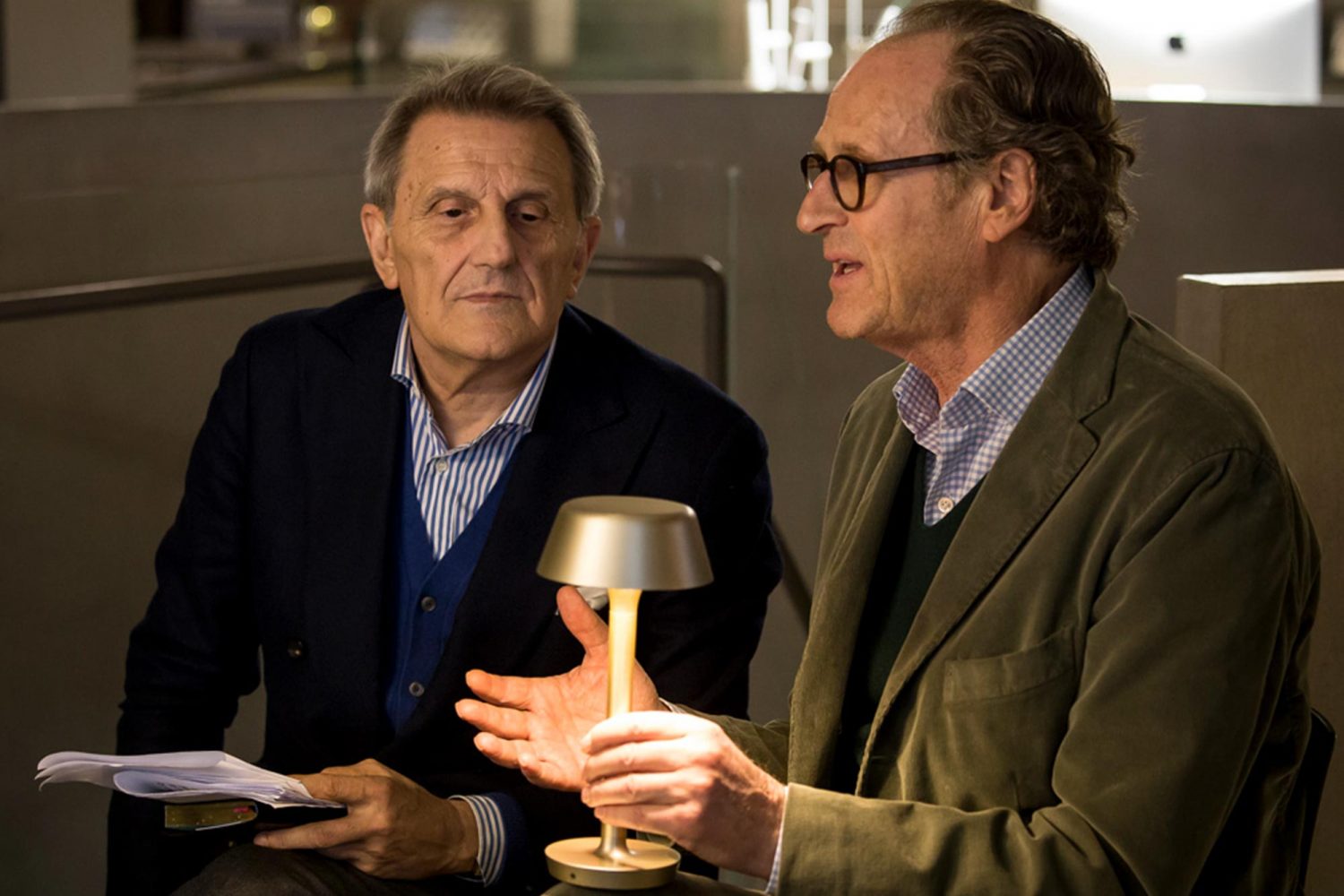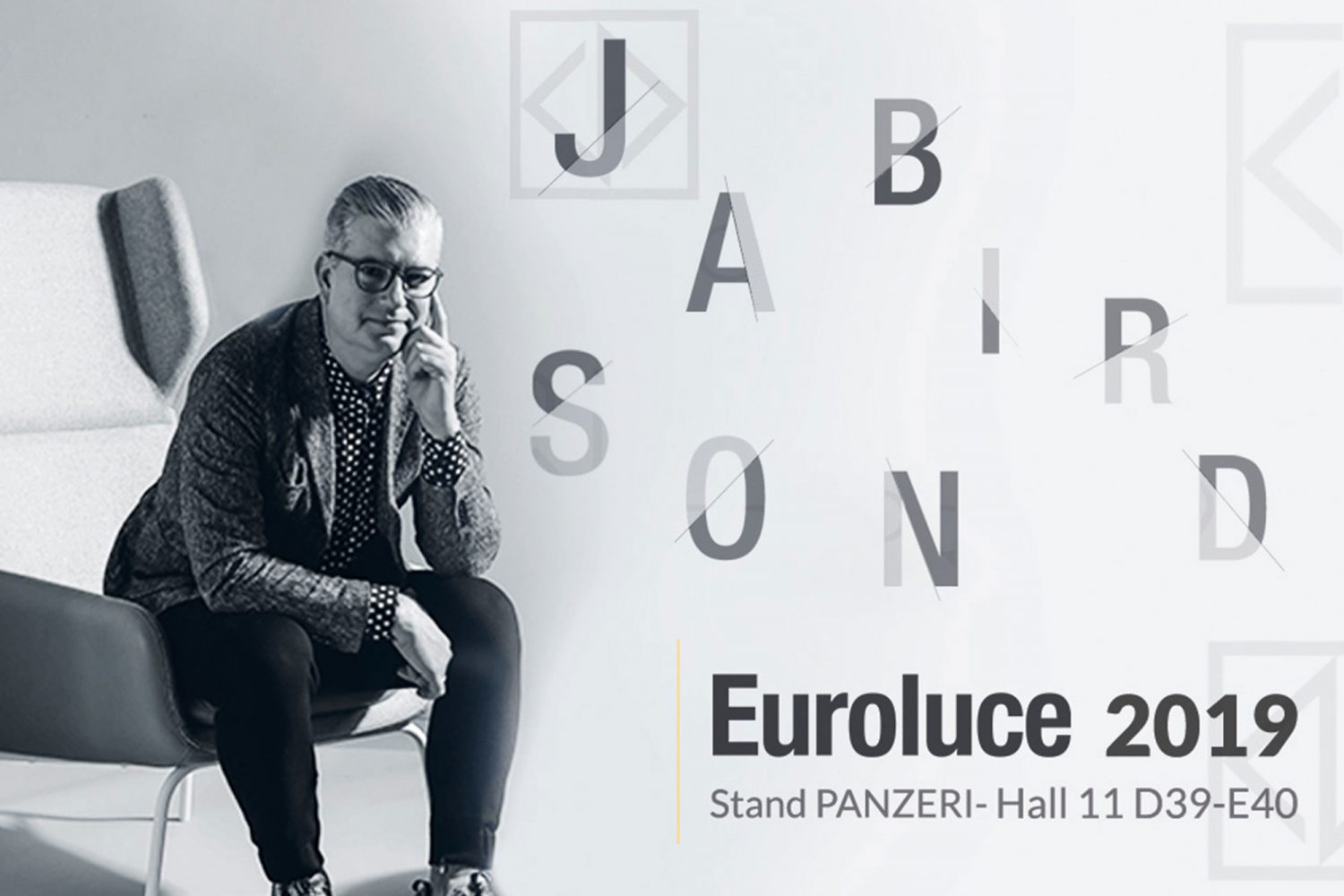Light in Architecture: The Anti-matter of Contemporary Art
11/03/2021“Knowledge is not for knowing: knowledge is for cutting.”
Michel Foucault.“Light is that part of architecture which cannot be drawn, a vision, a skilful trick: it is the touch of the concert pianist, as decisive almost, as that of the composer.”
MdCNo other architectural form has known such contradictory and radical transformation as the museum: an aesthetic which has slowly evolved through the centuries before accelerating suddenly in the final decades of last century.
From Palazzo Rucellai, the first Medici palace and example of a museum, to the eruption around the world in more recent years, including the rich man of the moment’s “private collection”, museums have become a indispensable public service for modern nations.
“a ramp of light from earth to the sky ”(New York Guggenheim Museum, 1959)The museum became truly iconic when F.L. Wright rendered New York meaningless (at the same time as Miles Davis was rendering classical jazz in his recording of Kind of Blue a few blocks south) by building a quarter-mile-long helix, on a tilt, joining the earth to the sky and shattering the dogma of the straight line.
The Great Benefactor gave the world the hitherto little-visited wonder of modern art, and an architecture capable of containing it.
A principle of the same name was established: after the opening of the Guggenheim nothing was to be the same again, both in the design world and the world in general.
Who knows what old Frank must have seen when he looked up at the round skylight in the glass roof, seeing the continuous space bathed in the unpredictable whims of light.
From the light of day “illuminating” the works, to the “starry night sky above me”, from the sun setting the Expressionists on fire, to rain disquieting the Cubists.
Light – natural or artificial, the essence of architecture, just waiting to be freed from the habit of an aesthetic to ignite an incoercible anti-classicism.
Matter immaterial is light, the irreplaceable prodigy transforming a place into the Place, going beyond its definition of a thing which illuminates in the symbolism of museums to draw conceptual boundaries, telling us that this “thing” is art itself.
“The factory of light” (G. Pompidou Centre, Paris)Those who thought New York’s Guggenheim could not be outdone would soon change their minds.
In the “demolished nowhere” of the Halles in Paris, the metaphorical city of modern art, a young man beat off more than 400 architectural firms to secure the design of the new contemporary art museum dedicated to President George Pompidou.
Renzo Piano and Richard Rogers play with the city, rendering obsolete its contexts once and for all, a high-tech mockery of sorts, reminding us that nothing is more serious and scientific than true provocation.
The “Beaubourg” is a “knowledge factory” made of pipes, machines, external escalators, interior and exterior, light, shadow, artificiality merging in an aesthetic and urban continuum.
You never know when you are actually inside, whether you’re in a square or a museum, but once again, the light tells you it is no random coincidence, that the five-storey hangar is not only playing with the city, it is also flouting convention.
A comprehensive idea of urban place is realised, made up of a splendid (real) square and many (fake) squares which reiterate the magic of art in the complexity of its representation, in the absence of rhetorical mediation.
Piano & Rogers are the great philosophers of light who succeed in the impossible task of making “la ville lumiere” even brighter.
The light of Paris floods the industrial façade of the “museum” as if casually observing the evolution of the wonder contained within the immense, free-flowing floors, gregarious masters of the 20th century reflected in the city that loved them most, the once young Italian architect giving us a hint of “another Renaissance”, even though far from home and very far from here.
Architecture is now indifferent to historical contexts, wanting a city of head-turning gestures that either blow (or shock) the mind of the beholder.
The architectural star has risen, a demiurge-shaman turning the quiet profession of the architect into an essential component of the triumphant entertainment society.
the “anti-box” (the Guggenheim, Bilbao)Another Frank, this time Gehry and in Bilbao, but still for the Guggenheim family, fashioned his imposing titanium anti-box (to cover facades?) to dare art to do new things, a dare he conquered since the Museum has become the Cathedral of contemporaneity, where the secular rite of the Ecclesia is established as an urbanistic principle.
A wild beast of luminescent architecture, washed ashore in Bilbao by who knows what conceptual ocean, a crumpled sheet of paper defying drawing as we once knew it.
The old Canadian hippy let loose, shattering the forms, light, functions and very idea of a museum. There is no Park Avenue here, just an industrial detritus of no great urban feature, but the Super-Guggenheim will colonise the city and turn it into an aesthetic conviction.
This new perception demands new structural equilibrium, brings cracks through which light and shadow converse with the contemporary, the architectural avant-garde the new necessary and those who cannot “see” the inadequate.
But with respect to that crumpled ribbon, the whole city is inadequate and unable to achieve that new magic of rigour and form.
Can urban planning become art?
Gehry is an illusionist of light, not only because of the “rooms” which pulsate with the passage of time, but because he gave us real sunsets and artificial dawns, as if to build a continuum of interior/city-architecture/light.
Contemporary art is taking back the streets, and the architecture of symbols embodies the desire to make experimentation commonplace.
“New ways to (trans)form the future” (Bildmuseet, Umea University, Sweden)To talk about a particular idea of the future in light and architecture, I have chosen a work by Henning Larsen, the museum on Umea University art campus in Sweden.
An openly simple, essential, clear construction.
It is light itself, luminescence.
A rigorous monument to visual beauty, to the magic of natural light conversing with the skilful artificial exhibition structure.
Nature, culture, urban planning, and space make music together, achieving a harmony that feels good, in the essentiality of the creative gesture there is no return to order but to the heart of the unifying idea where the intensity of form and light are one and the same.
The light at the centre, “the light of architecture for the architecture of culture”, reconstructs the aura which even the age of mass production has not switched off, the mysterious electromagnetic force helps us to understand the precious side of knowledge.
Light is that part of architecture which cannot be drawn, a vision, a skilful trick: it is the touch of the concert pianist, as decisive, almost, as that of the composer.
In the future of contemporary art there is the will to explore the expectations and ambitions of humankind, and it is architecture’s job to bring to light its most obscure meaning, to bring it to life in every project for society.
It makes us part of the evolution of the species, with what we know and what we will continue to tell, together: artists, architects, and inventors of light.
Maurizio de Caro
Milan, 15 October 2020 for Panzeri

